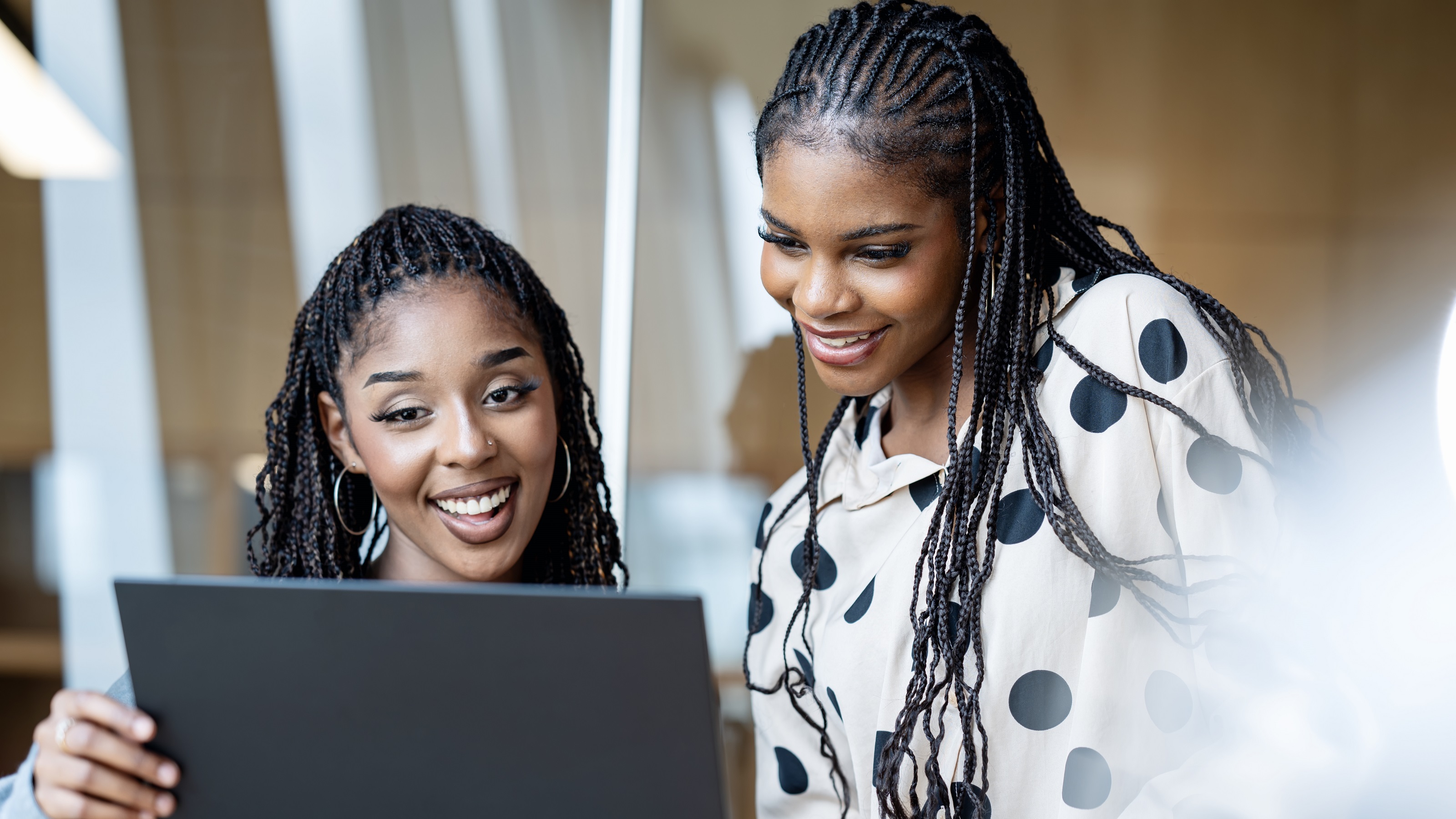A Weak Foundation and Leaky Roof Make for a Shaky Fiscal House
To ensure a sturdy financial future, you need the right building blocks. Here are the three types of investments to get the job done.


In the 1948 comedy Mr. Blandings Builds his Dream House, Cary Grant and Myrna Loy encounter numerous setbacks and unexpected expenses as they play a hapless married couple overseeing construction of their new home.
Financial professionals often use house construction as a metaphor for building your investment portfolio, only in this case it's a fiscal house and subject to its own set of potential pitfalls. With any luck, though, you’ll fare better than Mr. and Mrs. Blandings – if you have the right plan and the right “materials” for each part of your structure.
Let’s take a look at how to put your fiscal house together:

Sign up for Kiplinger’s Free E-Newsletters
Profit and prosper with the best of expert advice on investing, taxes, retirement, personal finance and more - straight to your e-mail.
Profit and prosper with the best of expert advice - straight to your e-mail.
Start with a Solid Foundation
When you build a house, if the foundation isn’t sound, the rest doesn’t matter. In a sense, the same can be said for the foundation of your financial plan.
Market storms can create problems with your other investments, so it’s critical to have some stability to fall back on if unfriendly winds blow. This stability could come in the form of a simple savings account, certificates of deposit, fixed-indexed annuities or government bonds protected by the U.S. Treasury. You won’t earn much interest with these – you might even struggle to keep up with inflation – but you won’t lose money. And after all, you need to eat, pay the mortgage, and make sure the power company doesn’t turn off your electricity.
If bad times happen, your financial foundation is there for you.
Add Some Investment ‘Walls’
In an actual house, the walls help protect and insulate you from the outdoors, but in our fiscal house the walls represent the next level of investment risk. Here’s where you should have moderately conservative investments – things that aren’t risk free, but also aren’t super aggressive. You might experience a steady 4% to 6% return on your investment, although remember, losses also are possible.
Investments to consider might include municipal bonds, corporate bonds, private real estate investment trusts and hard assets, such as oil, natural gas, gold, silver, farmland and commercial real estate.
Raise the Roof (and Hopefully Your Investment Gains)
Roofs take a heap of punishment. When the sun isn’t beating down on them, rain and hail are. Roofs can leak, and in some parts of the country a hurricane can blow them right off. But they are also instrumental in protecting the rest of the house from the elements.
In our fiscal house, the roof represents the highest level of risk your portfolio can tolerate – but also the greatest potential for growth. These are the investments where you could experience significant losses – or magnificent gains. This is why it’s important to incorporate into your financial plan design a sound foundation and strong walls. If your roof is ever damaged due to market volatility, it should not cause the entire fiscal house to crumble. Assets that make up the roof may include stocks, mutual funds and exchange-traded funds.
Part of the trick in all this, of course, is deciding just how much of your portfolio should be represented by each of these different components.
We believe most retirees can have some element of risk in their portfolio. Typically we’ll want to use the rule of 100, which ties your age to how risky your investments should be. For example, if you are 65, then 65% of your portfolio should be in safer investments, while 35% should be in more aggressive, “roof”-like assets.
But not every person has the same needs or the same risk tolerances, so talk with a financial professional who can help you decide how to best design your fiscal house.
The ultimate goal, of course, is to increase your odds of enjoying a secure retirement. Even Mr. and Mrs. Blandings eventually enjoyed a happy ending.
Ronnie Blair contributed to this article.
Disclaimer
Bluestem Wealth Management LLC is an independent financial services firm that utilizes a variety of investment and insurance products. Investment advisory services offered only by duly registered individuals through AE Wealth Management, LLC (AEWM). AEWM and Bluestem Wealth Management LLC are not affiliated companies. Kiplinger was not compensated in any way. All investments are subject to risk including the potential loss of principal. No investment strategy can guarantee a profit or protect against loss in periods of declining values. Any references to guarantees or lifetime income generally refer to fixed insurance products, never securities or investment products. Insurance and annuity product guarantees are backed by the financial strength and claims-paying ability of the issuing insurance company. 914980 – 5/21
Disclaimer
The appearances in Kiplinger were obtained through a PR program. The columnist received assistance from a public relations firm in preparing this piece for submission to Kiplinger.com. Kiplinger was not compensated in any way.
Get Kiplinger Today newsletter — free
Profit and prosper with the best of Kiplinger's advice on investing, taxes, retirement, personal finance and much more. Delivered daily. Enter your email in the box and click Sign Me Up.

Jordan Sester is founder and wealth adviser at Bluestem Wealth Management. He works with retirees and pre-retirees to discover their needs and goals, then helps them create a strategy to achieve them. He holds his Series 65 securities license along with his life and health insurance licenses in the state of Kansas. He has a master's degree in business from Washburn University, as well as a bachelor's degree in economics.
-
 You're Stuck Taking RMDs: Now What?
You're Stuck Taking RMDs: Now What?When you've got to take required minimum distributions (RMDs) make some lemonade. Here are our top ideas for using the extra cash to enrich your life — or that of others.
By Maurie Backman Published
-
 Six Best Places to Live in Florida
Six Best Places to Live in FloridaPlaces to Live Florida offers a range of cities where you’re never far from the sound of lapping waves.
By Drew Limsky Published
-
 Stick to the Plan: Don't Panic During Economic Uncertainty
Stick to the Plan: Don't Panic During Economic UncertaintyTake a breath and step back. Focus on a solid fiscal foundation to stabilize your investments during stock market volatility.
By Eric Lahaie, CFS®, RICP® Published
-
 How Inflation Affects Your Finances and How to Stay Ahead
How Inflation Affects Your Finances and How to Stay AheadThe cost of goods and services is certain to rise over time, making it essential to have a financial plan that will help you keep pace.
By John R. Silva, Esq. Published
-
 Now's a Great Time to Become a Financial Adviser: Here's Why
Now's a Great Time to Become a Financial Adviser: Here's WhyThere's a growing need for financial advisers. Why not take on a role that offers earning potential and work-life balance and helps change lives?
By John Roberts Published
-
 Little-Known Ways to Guard Your Retirement Income
Little-Known Ways to Guard Your Retirement IncomeIs your retirement income safe if stocks continue to plummet? Most retirees don't know these reliable options to limit their market exposure.
By Jacob Cornell Published
-
 Three Warning Signs Your Investments Are (Needlessly) Too Risky
Three Warning Signs Your Investments Are (Needlessly) Too RiskyAll investments come with risk, but the secret is to take only enough risk to get you to your specific savings goals — and no more than that.
By Eric Roberge, Certified Financial Planner (CFP) and Investment Adviser Published
-
 His Employees Don't Work 'For' Him, But 'With' Him
His Employees Don't Work 'For' Him, But 'With' HimWhile it might not seem that way, there are indeed employers out there who value the relationships they have with their employees. Here's an example.
By H. Dennis Beaver, Esq. Published
-
 Reduce Your Retirement Tax Risk With the Three-Bucket Strategy
Reduce Your Retirement Tax Risk With the Three-Bucket StrategySplitting retirement funds into three buckets with distinct tax treatments can help you avoid a nasty tax bill down the line. Here's how the strategy works.
By Bryan S. Slovon, Investment Adviser Published
-
 Financial Fact vs Fiction: This Roth Conversion Myth Could Cost You
Financial Fact vs Fiction: This Roth Conversion Myth Could Cost YouWhile some 'golden rules' stay in style forever, the financial landscape is constantly evolving. Here are five common myths to revisit (with more on the way).
By Scott McClatchey, CFP® Published